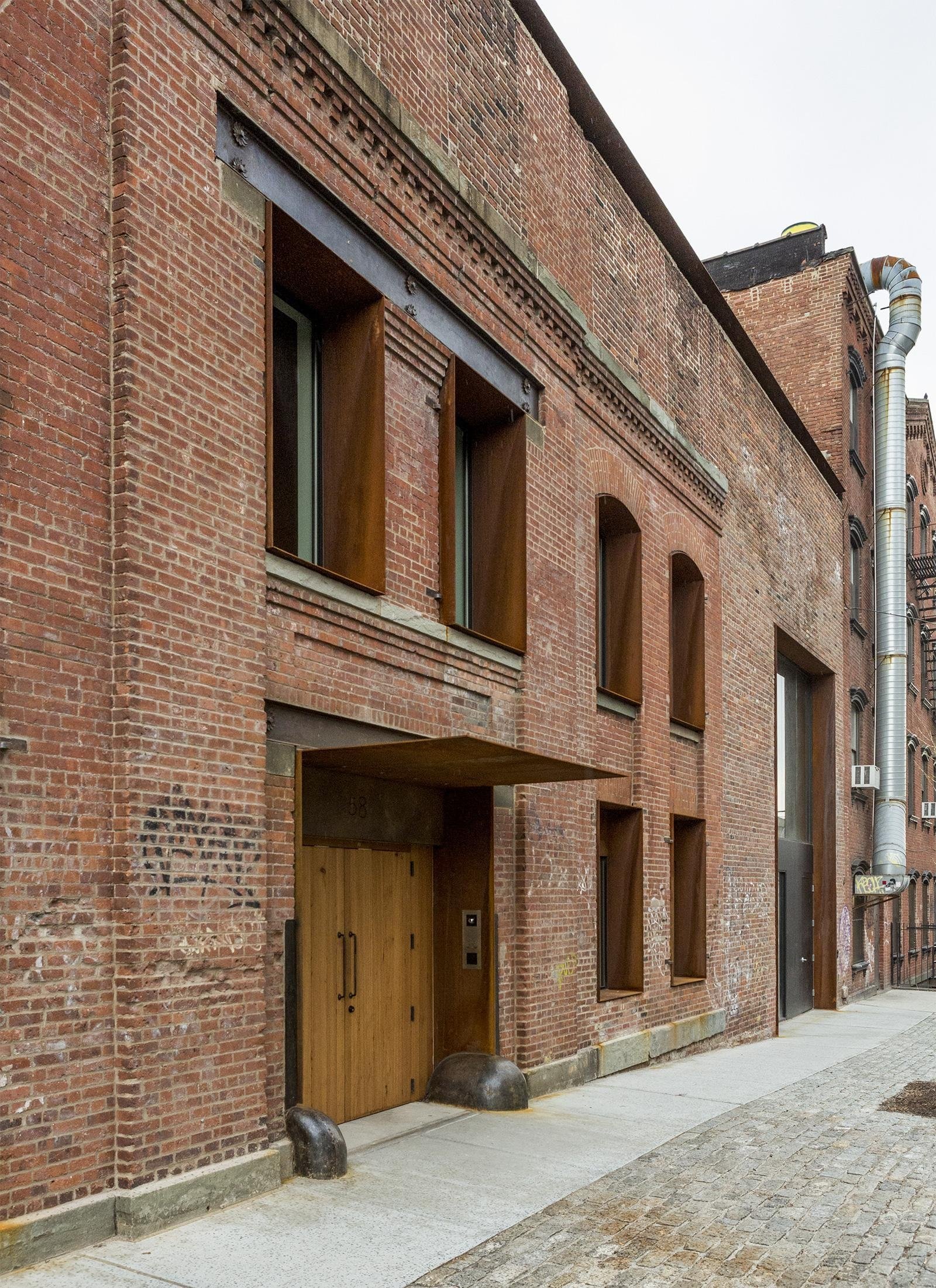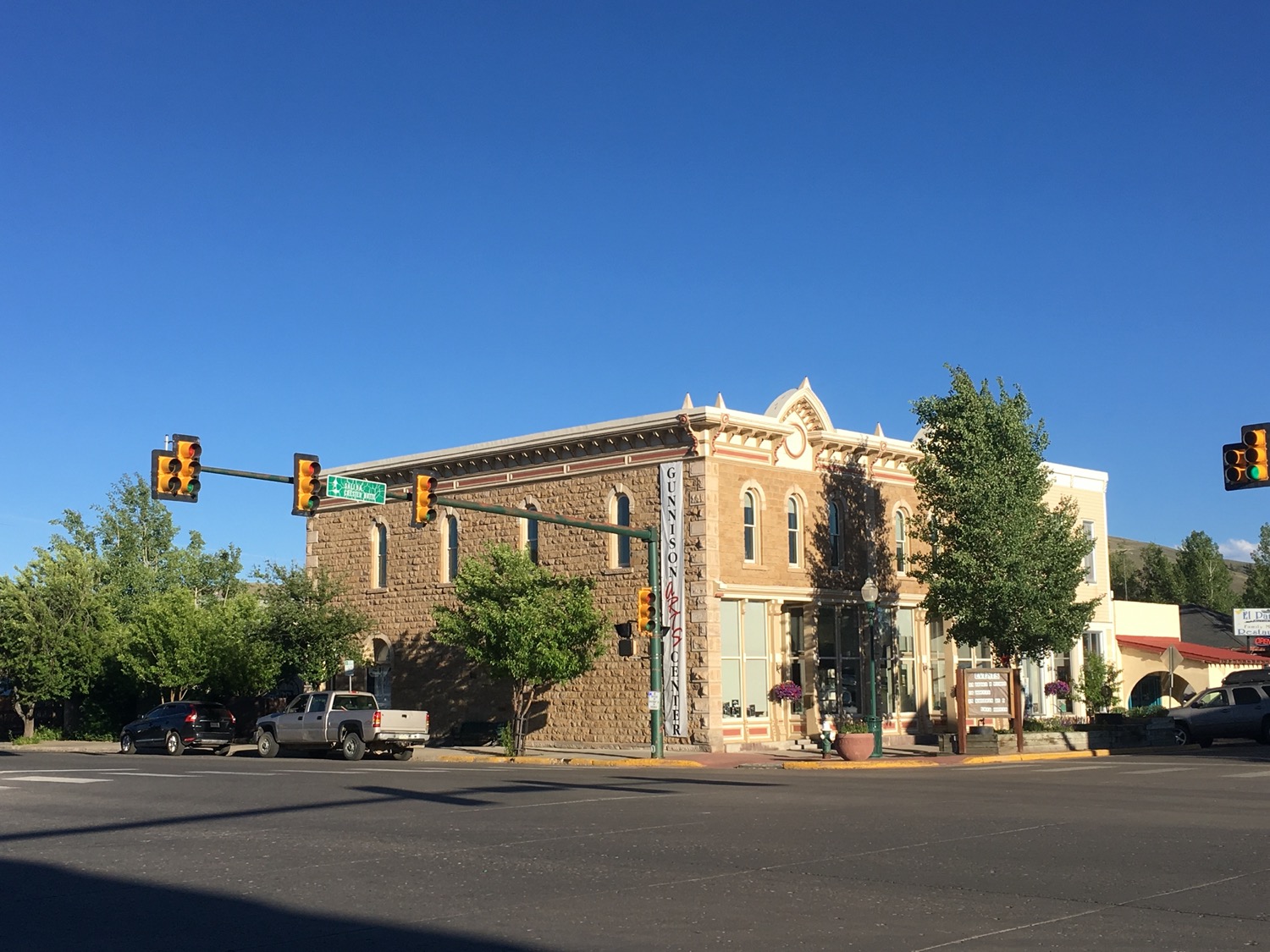How Does Architecture Integrate Principles Of Historic Preservation And Restoration?

Preserving historic buildings is a topic that resonates with many people, especially those who have an interest in architectural history. While some may argue that tearing down old buildings and replacing them with new ones is a necessary part of progress, many people feel that historic buildings should be protected and preserved. In this article, we look at the methods behind historic building preservation. Here are some points that you should know:
Why is it important to preserve historic buildings?
Historic buildings are more than just physical structures – they are a testament to the people, events, and stories that shaped the world we live in. In addition, historic buildings often represent a unique architectural style or design that is no longer used in modern construction.
Preserving these buildings not only helps to maintain a connection to our past but can also boost tourism and local economies. Many historic buildings attract visitors from all over the world, who are often willing to spend money on accommodation, dining, and other local businesses.
What are the methods used in historic building preservation?
There are several methods that can be used in historic building preservation. Each method is designed to address specific issues, such as structural stability, weatherproofing, and the preservation of artistic elements. Here are some specific methods:
Masonry Restoration
Masonry restoration involves repairing and stabilizing masonry structures, such as brick walls, chimneys, and foundations. This method may involve replacing damaged bricks or mortar, patching cracks, and reinforcing foundations.
Window Restoration
Window restoration involves repairing and preserving historic windows. This may involve replacing damaged glass panes or repairing frames and sills. In addition to preserving the aesthetics of the building, restoring historic windows can also improve energy efficiency.
Roofing Restoration
Roofing restoration involves repairing or replacing roofs on historic buildings. This may involve replacing damaged or missing tiles or shingles, repairing leaks, and adding weatherproofing measures to protect the building from water damage.
Paint Restoration
Paint restoration involves preserving and restoring the paintwork on historic buildings. This may involve repainting the building using historically accurate colors and materials, or scraping away layers of old paint to reveal the building's original finish.
Art Conservation
Art conservation involves preserving the artistic elements of historic buildings, such as murals, sculptures, or stained glass windows. This may involve repairing damage, cleaning away dirt and grime, and applying protective coatings to prevent further damage.
What are some challenges in historic building preservation?
While historic building preservation is an important and rewarding endeavor, it also poses several challenges. Here are some common challenges:
Cost
Preserving a historic building can be expensive, especially if the building requires extensive repairs or renovations. Funding may come from government agencies or private donations, but raising enough money to cover all the necessary costs can be a challenge.
Regulations
Preserving a historic building often requires complying with strict regulations and guidelines. This may involve obtaining permits, following certain building codes, and adhering to preservation standards set by historical societies or other organizations.
Maintenance
Preserving a historic building requires ongoing maintenance and care. This may involve regular inspections, cleaning, repair, and monitoring for signs of damage or decay. Finding qualified professionals to perform these tasks can also be a challenge.
FAQ
How can I get involved in historic building preservation?
There are many ways to get involved in historic building preservation, such as volunteering at a local historical society or donating to a preservation fund. You can also advocate for preservation legislation and support local businesses that promote historic preservation.
What should I do if I own a historic building?
If you own a historic building, it is important to take steps to preserve and protect it. This may involve hiring a professional preservationist or architect to assess the building's needs and develop a preservation plan. In addition, you should keep records of any repairs or renovations, and stay informed about any regulations or guidelines that apply to your building.
Can historic buildings be updated with modern amenities?
Yes, historic buildings can be updated with modern amenities, but it is important to do so in a way that preserves their historic integrity. This may involve using modern materials that mimic the look and feel of the original materials, or incorporating new features in a way that does not detract from the building's historic character.
What if a building cannot be preserved?
In some cases, a historic building may be deemed unsafe or beyond repair, and demolition may be necessary. However, before taking this step, it is important to explore all possible options for preservation or restoration, and to consult with experts in the field.
Historic building preservation is an important endeavor that requires dedication, knowledge, and resources. By preserving these buildings, we can maintain a connection to our past and ensure that future generations can appreciate and learn from the architectural history of our world.
- Chef People




Post a Comment for "How Does Architecture Integrate Principles Of Historic Preservation And Restoration?"